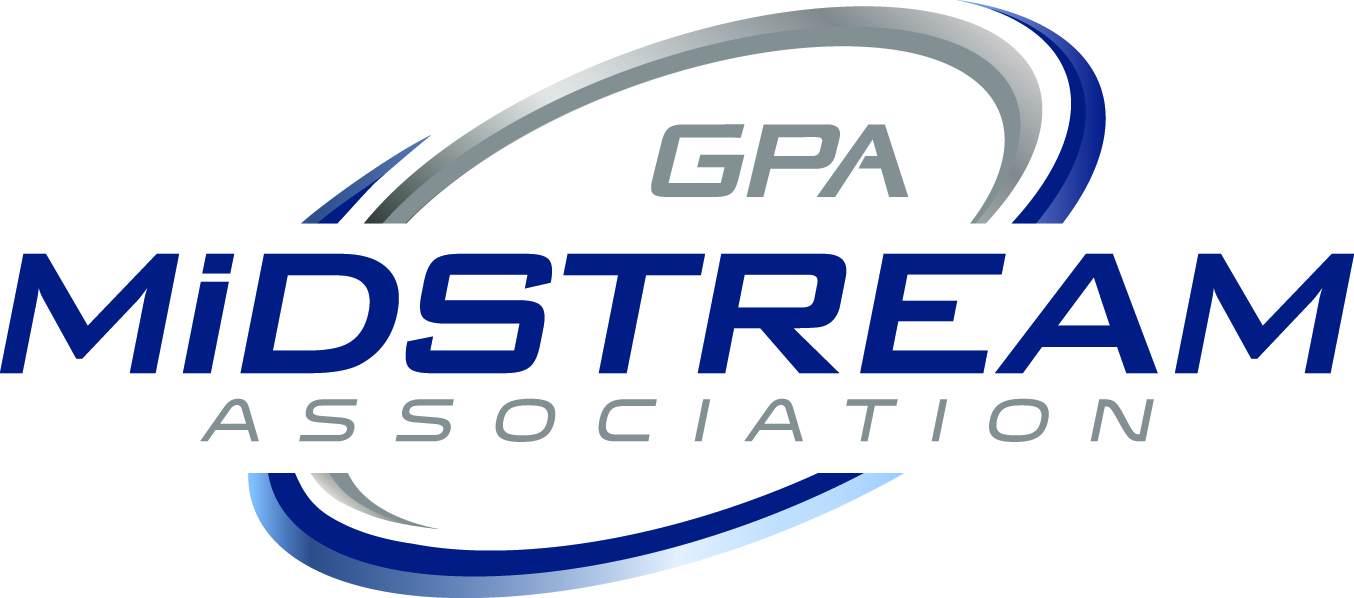TULSA, Okla. (April 21, 2016) – On April 15, the Environmental Protection Agency (EPA) published its revised methodology for calculating greenhouse gas emissions, and GPA Midstream Association does not support the revised calculation methodology, expressing serious concerns with EPA using inaccurate data and measurement techniques that are not even close to being accurate.
The revision uses one field study (A.L. Mitchell, et al.), and a second study that extrapolates from a second field study (A.J. Marchese, et al.) to estimate facility level methane emissions for the gas processing sector and the gathering and boosting sector. These separate studies are based on measurements from a small number of facilities, said Matthew Hite, GPA Midstream vice president of government affairs. The modeled results do not provide sufficient accuracy or credibility for the gathering and boosting sector since they both rely on many layers of assumptions to derive national emissions estimates for these types of facilities. GPA Midstream pointed these issues out in comments filed with EPA in late February.
GPA Midstream said the studies represent 120 gathering and boosting facilities, which are then scaled to a national level, making a number of assumptions to represent the methane emissions from more than 4,500 gathering and boosting facilities. As an example, GPA Midstream cited the modeling study extrapolation, in which the assumed facility emissions rate for the gathering and boosting sector facilities are effectively doubled (Marchese, et al., simulated loss rate 0.40 percent) for computer simulation purposes as compared to the measured field study results for similar facilities (Mitchell, et al., measured loss rate 0.20 percent). The association said the new and very large estimate for gathering and boosting compressor stations was based on limited, short-duration, downwind measurements. The data from this are insufficient for determining national emissions due to the uncertainty associated with the measurement method used.
These elements of the paper, along with the various assumptions employed to extrapolate emissions nationwide from gathering and boosting sector facilities, need to be assessed and determined to be appropriate before EPA relies upon and utilizes these figures as accurate for greenhouse gas emissions inventory purposes for the gathering and boosting sector, the association's February comments stated.
GPA Midstream believes the small population size of these studies lack emission source detail, and the assumptions made to scale the modeled results do not provide sufficient certainty to use the study results to characterize the gathering and boosting sector. Furthermore, GPA Midstream has serious questions about the Marchese et al.-derived station level gathering and boosting sector emissions factor and does not believe it is appropriate for EPA to use that emissions factor for the gathering and boosting sector for a greenhouse gas (GHG) inventory.
GPA Midstream believes its members' facilities have been reporting substantial GHG emissions information to EPA for five years, including population data, activity data, measured emissions data for some sources, and GHG emissions based on EPA Subpart W calculation methodologies. The association further noted that EPA will receive actual reported GHG emissions data from gathering and boosting facilities starting in reporting year 2016 (reported and available for use first quarter 2017) and that more reliable information should be the foundation for updating GHG inventories for the sector.
Why does EPA need to base its regulation of a vital U.S. industry on what is really one study, and another study that is based on assumptions based on assumptions, when one year from now EPA will have additional industry-wide data from the gathering and boosting sector to complement five years of processing sector data that has been reported to EPA? GPA Midstream President and CEO Mark Sutton questioned. We encourage EPA to use this much more accurate and certain information that our members have provided to EPA to make appropriate revisions to the greenhouse gas inventory methodologies and that they withdraw the flawed revisions.


